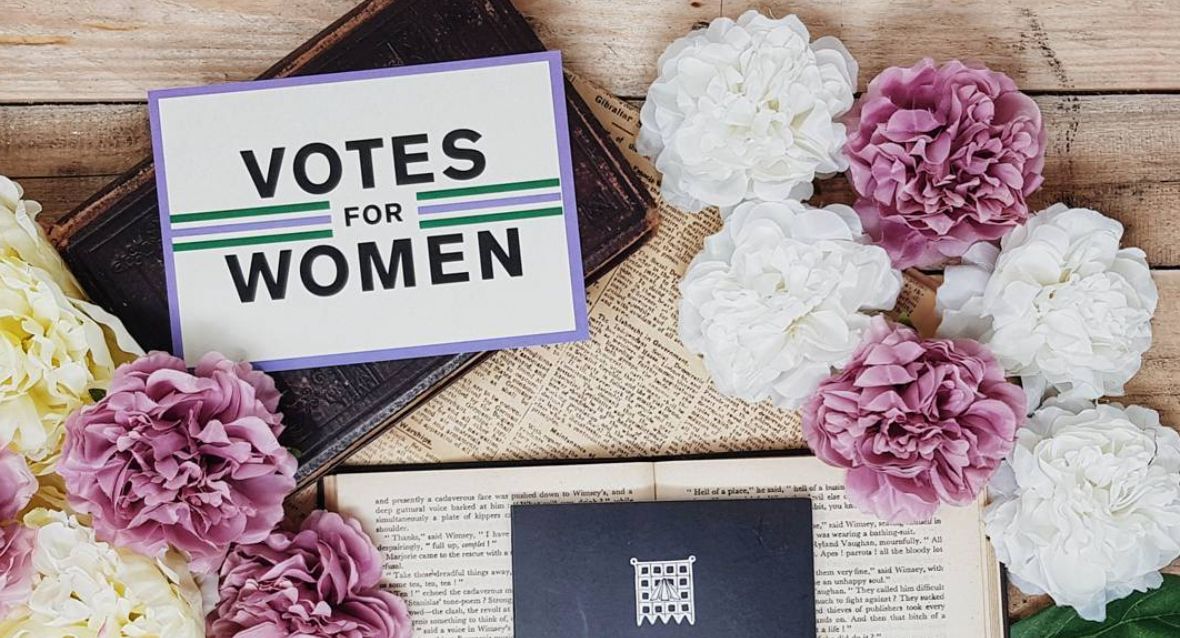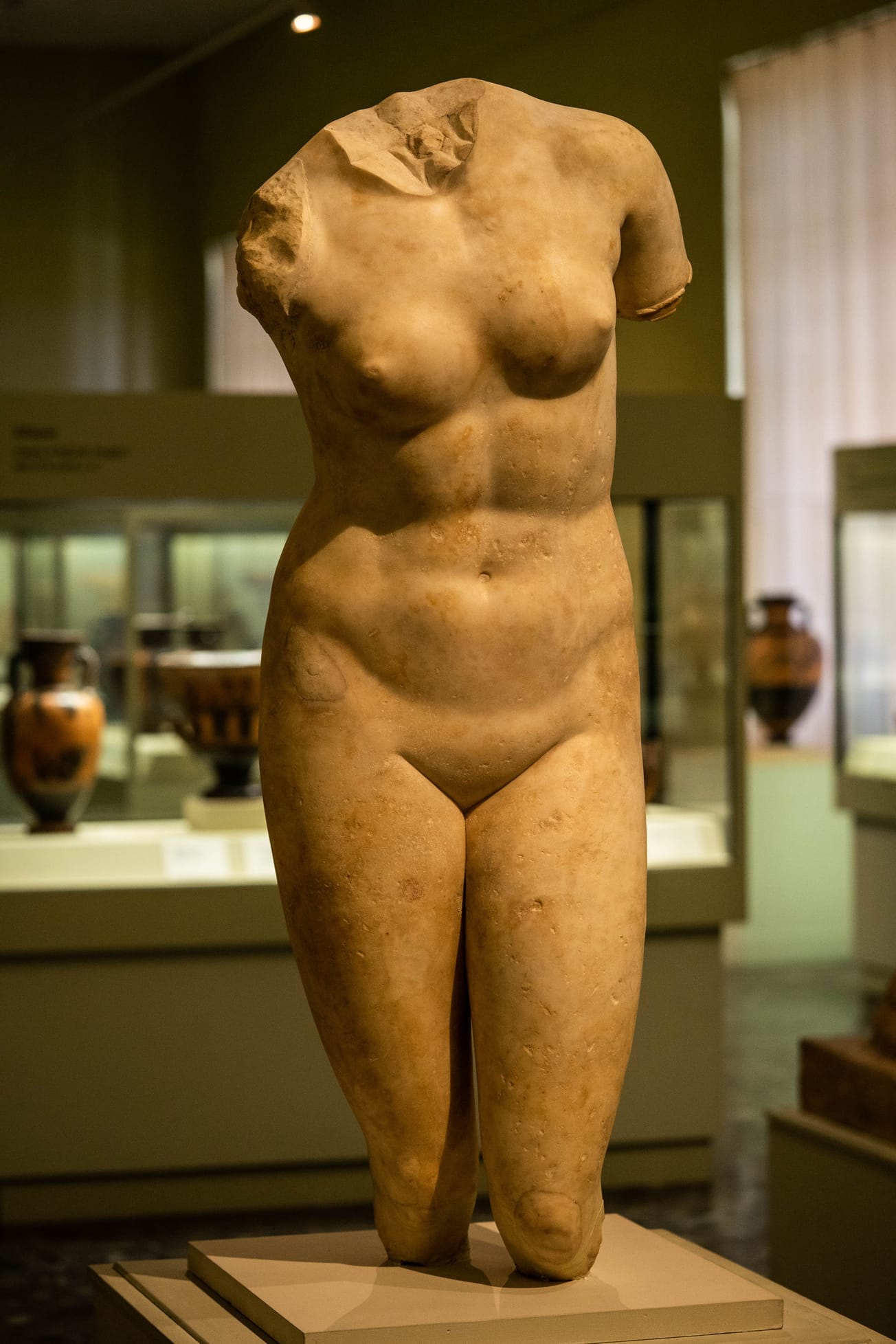As we celebrate one hundred years since women were partially emancipated in the Representation of the People Act (1918), first year Spanish student Jemima Carr-Jones takes a look at how Suffragette fashion came to be defined by the tri-colour sash, tailor-made suits, and bright red lips.
Throughout the entirety of history there has been a direct correlation between social culture and art culture, the likes including fashion. As we now approach the celebration of one hundred years since the Representation of People Act was passed, permitting female suffrage in Britain, what better time to review the ways in which said historical triumph has impacted female fashion, how have we since evolved? Was there a ripple effect extending further than purely suffrage?
Recap: The Suffragettes were a small activist group (which of course grew) in the early twentieth century who were compelled to behave in such a way that was radical and militant. Assessing the social climate of this time, it was forecast that should women continue to behave non offensively and obligingly, men would simply continue to belittle lawful female opinion regarding governmental issues and law; without momentous action the balance of male empowerment and female subjugation would cease to be equalised.
At this time, opponents of the cause were largely under the belief that women were excessively emotional and unable to think as logically as men - in reviewing the most notorious actions of the Suffragettes: including arson, window smashing, picture slashing and setting fire to letterboxes - they perhaps did not entirely disprove said theory as they were highly prone to outbursts of public misdemeanor. However, these outbursts were arguably essential in that they demonstrated a fearlessness and unwillingness to settle for injustice. The fortitude of these women was an imperative ingredient in the outcome of the movement - the empowerment they earned and inspired among women which continues to this day.
Fashion-wise it is interesting to note that in the early twentieth century the Suffragette movement did not impact cotidian fashion in an alarming way at all. In fact, their very aim was to conform as best they could - the classic and conventional dress of an Edwardian woman - it cannot be said that their rebellious spirit was reflected in their dress unlike nowadays with the likes of Lady GaGa in her meat dress for instance. No, a jacket and a long skirt suit were the order of the day representing the ‘New Woman’ of the time. In 1908, the newspaper Votes for Women, wrote that: “The suffragette of today is dainty and precise in her dress.”
Cycling suffragettes! –“New Woman” of 1896 profiled in 'Lady Cyclist' (22/8/1896) #NationalCycleArchive #AvivaWT2016 pic.twitter.com/JTrjwfnLqH
— Warwick MRC (@MRCWarwick) June 14, 2016
The group were aware that their behaviour provided a source of perpetual scandal with regard to the media as they were highly prone to attracting coverage for participation in parades and demonstrations. Knowledgeable of the potency of visual identity both as a form of communication and propaganda it was thus decided among the Suffragettes to present a unified image of a social set that ought to be taken seriously (and thus ultimately be granted suffrage) - The result of this being whatever the occasion, from the mundane to the likes of preparing to chain oneself to the railings of a government building, the women would arrive well turned out in tailor-made suits and coats and hats.
'In calling on women to use the way they dressed to support the cause, the suffragettes were able to create a united front that spoke volumes.'
— King & Allen (@kingandallen) February 9, 2018
King&Allen, on the link between fashion and politicshttps://t.co/1PbYjUqyb6#100years #100yearsofsuffrage #100yearsofExtraordinaryWomen pic.twitter.com/nJeA1OC2r6
Sylvia Pankhurst once said that Suffragists would not “run the risk of being considered outré in their dress, and doing harm to the cause” and were thus meticulous in “appealing to the eye”. Members deliberately chose conventional and classically feminine Edwardian styles. In many ways this attitude is emulated still to this day, dressing in order to be perceived a certain way. ‘Dress for the job you want, not the job you have.’ Miuccia Prada’s wise words some seventy years later still echoing the Suffragette aesthetic spirit, “What you wear is how you present yourself to the world, especially today, when human contacts are so quick. Fashion is instant language.” The Suffragettes even one hundred years ago knew this only too well.
Visual identity being key, Emmeline Pethick-Lawrence in 1908 devised the group’s branding which consisted of a band of three colours: purple, symbolic of loyalty and dignity, white symbolic of purity, and green of hope. Wearing these colours was considered “a duty and a privilege” and at the Hyde Park WSPU meeting on 21 June 1908, which 300,000 people attended, all reportedly wore the colours ‘either in favours pinned to the breast, or in the trimmings of a hat, in belt ribbons or in shoulder sashes.’ Another symbol of the emancipation of women was red lipstick and the leading retailer for this was Selfridges as the first to sell the product.
How the suffragettes used fashion to further their cause #100Years https://t.co/X9stQAzLl6 pic.twitter.com/Dc1b7jIyvO
— Stylist Magazine (@StylistMagazine) February 6, 2018
The more I read about the Suffragettes and the movement in the run-up to female suffrage the more chaos but cunning I recognise in all that went on. It reminds me somewhat of the mad rush of preparation before a party, carefully choosing your outfit and deciding upon one that you think best tells the world your story, are you modest, liberal, free spirited or glamorously dark, not giving much away by your sombre tones. The Suffragettes did the slog of the preparatory work for us and now it is our job to go out and grab every opportunity we can with arms wide open, opportunities we have been granted, thankfully, due to our political emancipation.
Featured Image: Instagram / @booknerdmarie
For more on Epigram Style, follow our social media:
Facebook, Twitter, Instagram









